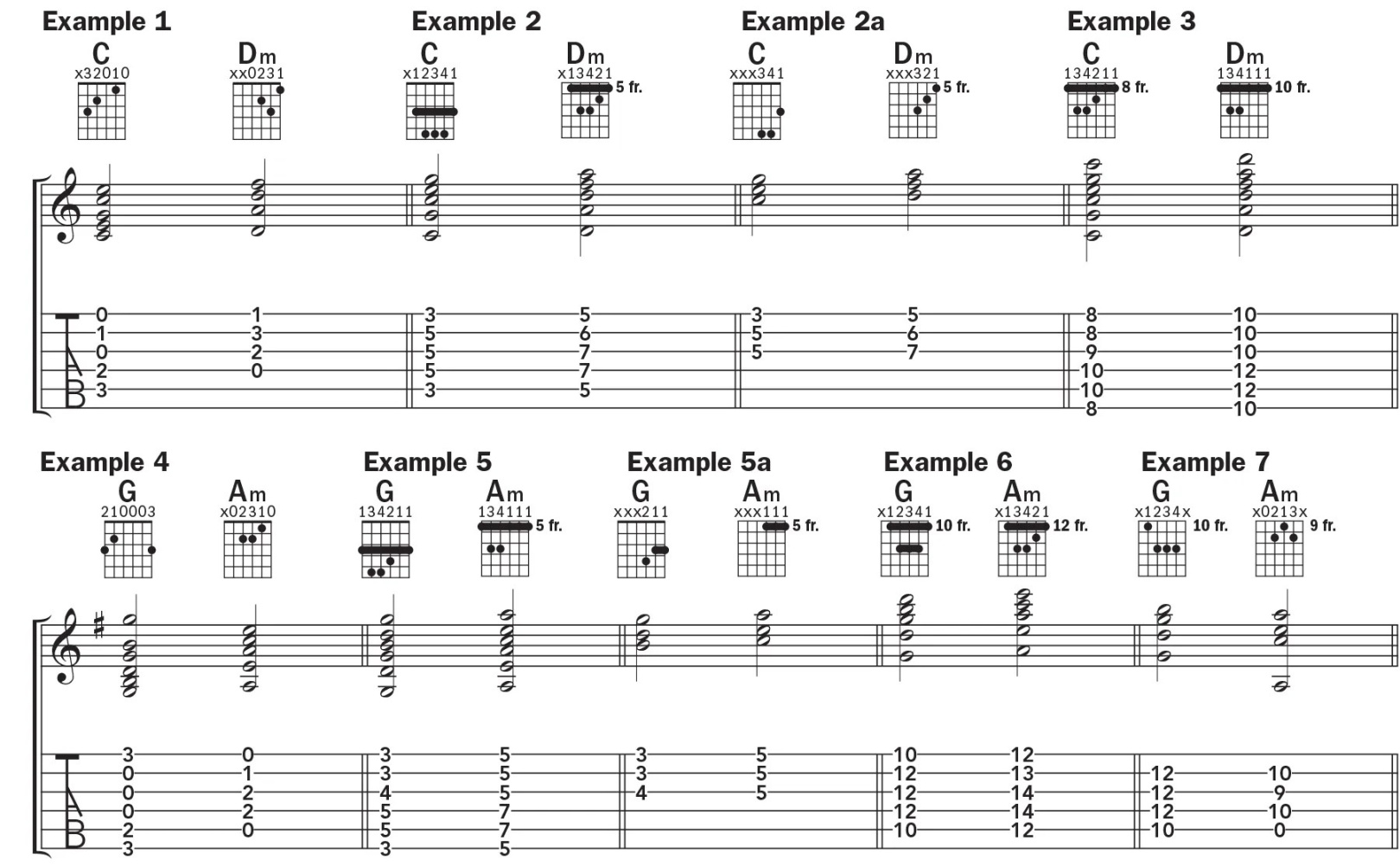—
Guitar Music Notation: More Than Just Squiggles on a Page
So, you’re picking up the guitar, ready to shred some epic solos or strum some chill tunes. But then you stumble upon these weird symbols and lines – guitar music notation. It looks like a foreign language, right? Don’t worry, you’re not alone. Many guitarists find it intimidating at first. But trust me, once you crack the code, it opens up a whole new world of musical possibilities. Let’s break it down.
Understanding the Basics: Standard Notation

Standard notation, or sheet music, is the classic way to write music. It’s the stuff you see with the five lines (the staff) and those little oval notes. For guitar, it can be a bit tricky because it doesn’t directly show you where to put your fingers. Instead, it tells you what notes to play.
The Staff and Clef: The five lines are the staff, and the symbol at the beginning, usually a treble clef (the fancy “G” looking thing), tells you the pitch range. Each line and space on the staff represents a specific note.
Standard notation is fantastic for understanding music theory and playing classical or complex pieces. But for guitar, it can be a bit indirect.
Tablature: The Guitarist’s Best Friend
Tablature, or tab, is like a cheat sheet for guitarists. It’s a visual representation of the guitar fretboard. Instead of telling you what notes to play, it tells you where to play them.
The Six Lines: Tab consists of six horizontal lines, each representing a string on the guitar. The bottom line is the thickest string (E), and the top line is the thinnest (e).
Tab is super popular because it’s easy to read and learn. It’s great for beginners and for learning songs quickly.
Chord Charts: The Simplest Form
Chord charts are the most basic form of guitar notation. They’re just a list of chords with lyrics, often used for strumming along to songs.
Chord Names: They simply show chord names like Am, G, C, etc.
Chord charts are perfect for strumming and singing along to your favorite tunes. They’re simple and straightforward.
Why Bother Learning Notation?
You might be thinking, “Why should I bother learning notation when I can just learn by ear or watch YouTube tutorials?” Well, here’s why:
Expanded Musical Understanding: Notation helps you understand the underlying structure of music, including rhythm, harmony, and melody.
Tips for Learning Guitar Notation
Start Simple: Don’t try to learn everything at once. Begin with simple melodies or chord progressions.
Conclusion
Guitar music notation, whether it’s standard notation, tab, or chord charts, is an invaluable tool for any guitarist. While it might seem daunting at first, breaking it down into manageable chunks and practicing regularly will make it much more accessible. It empowers you to understand music on a deeper level, communicate with other musicians, and explore a wider range of musical styles. Don’t let those squiggles and lines intimidate you. Embrace the challenge, and you’ll unlock a world of musical possibilities. It’s a journey, not a race. So, grab your guitar, dive into those notations, and let the music flow.

